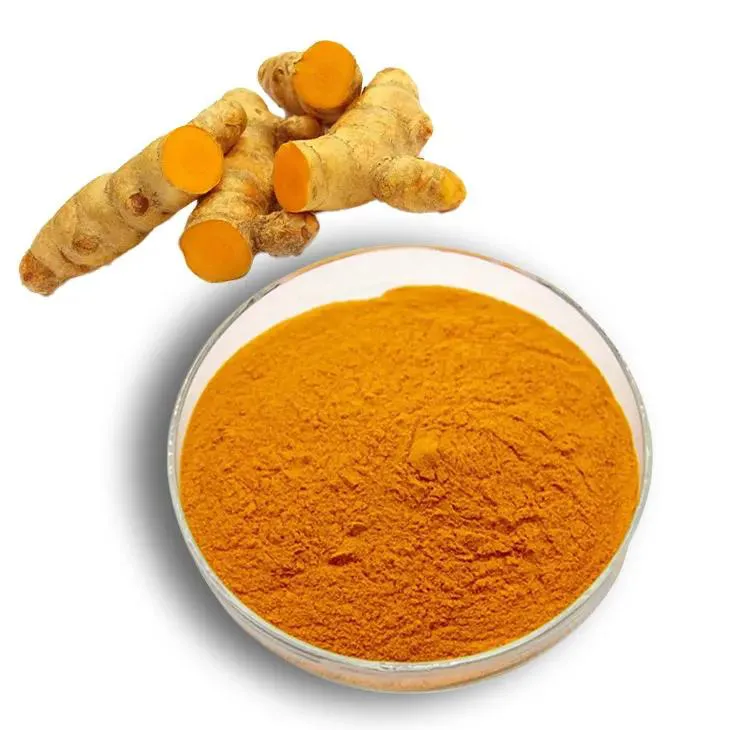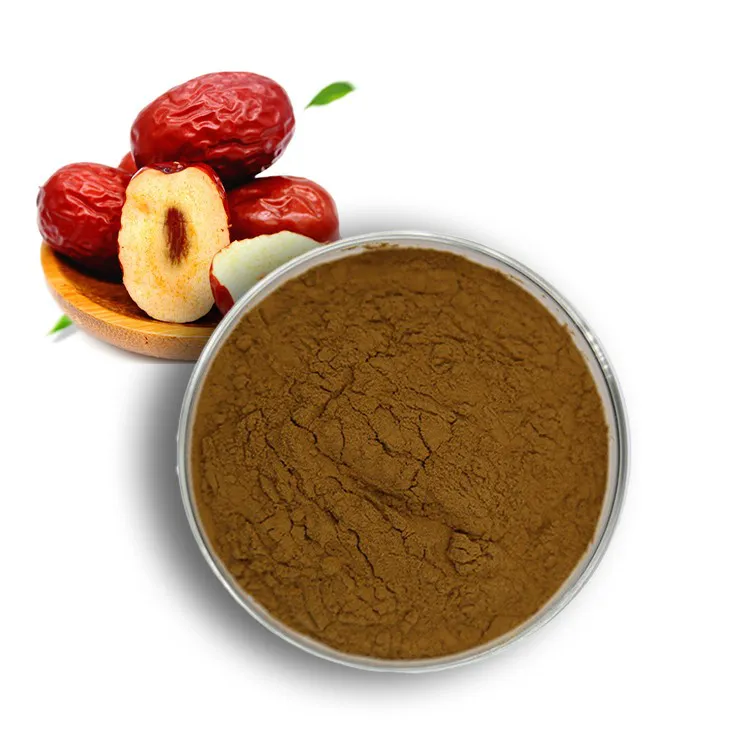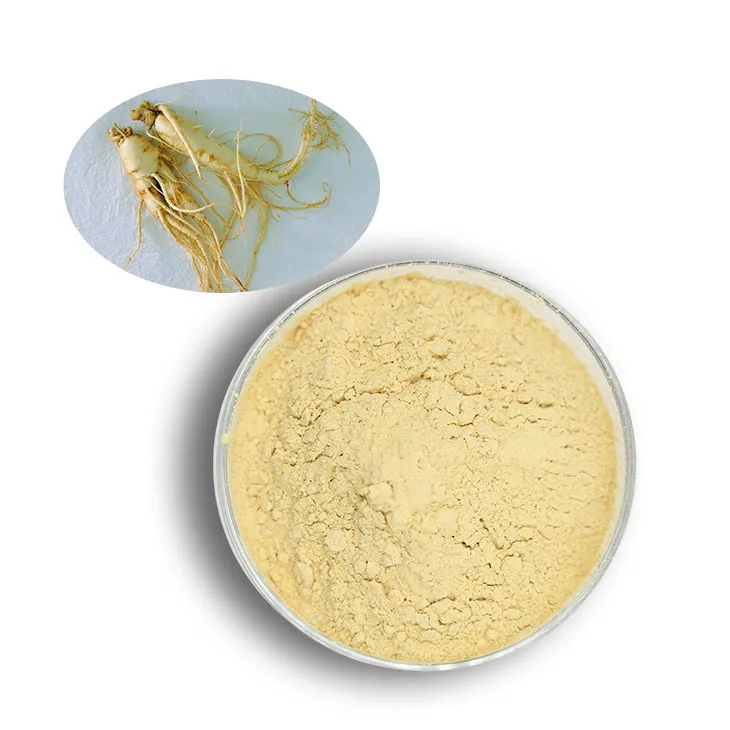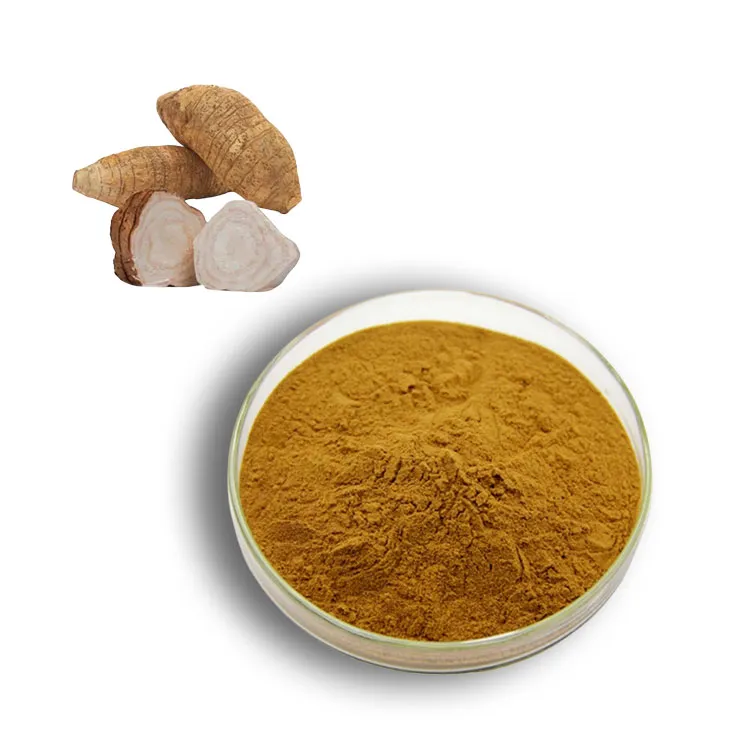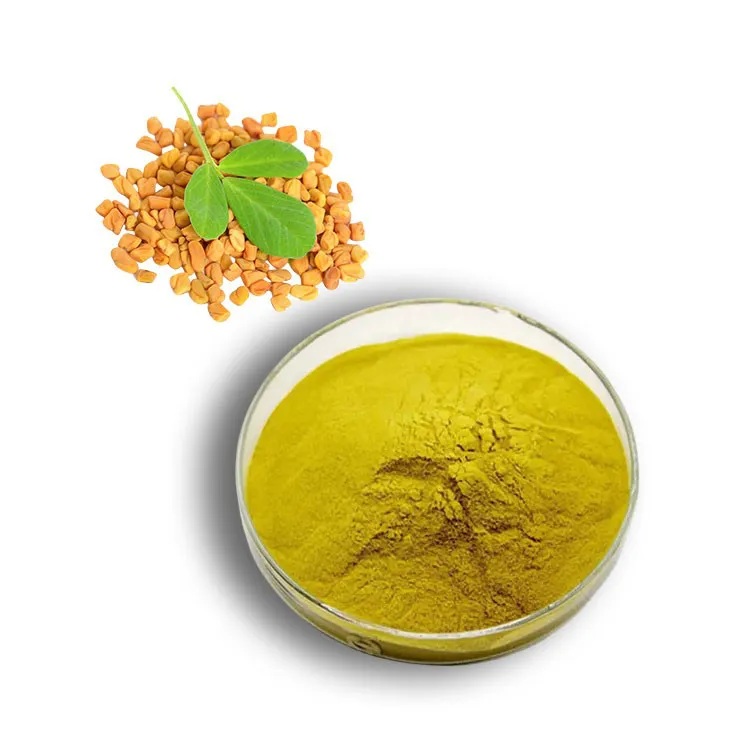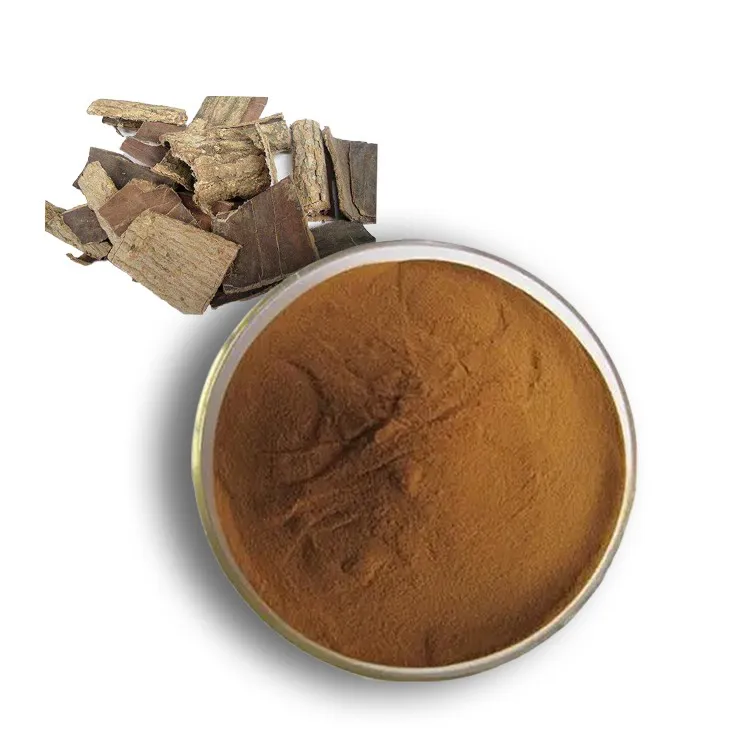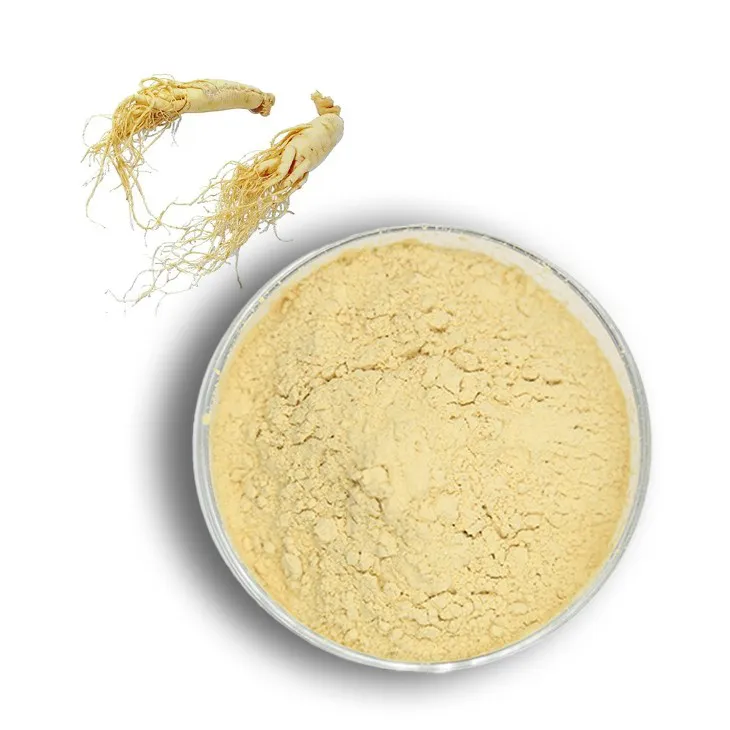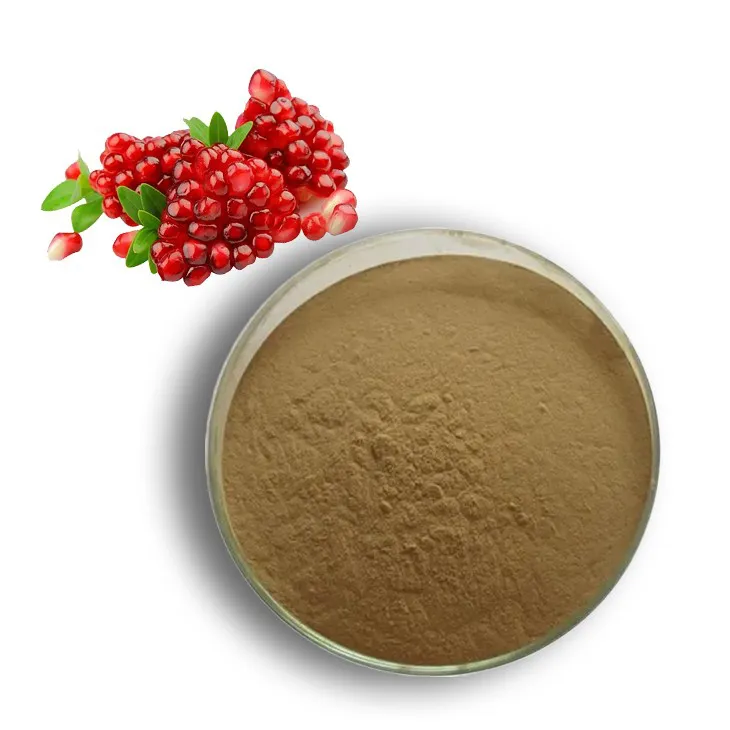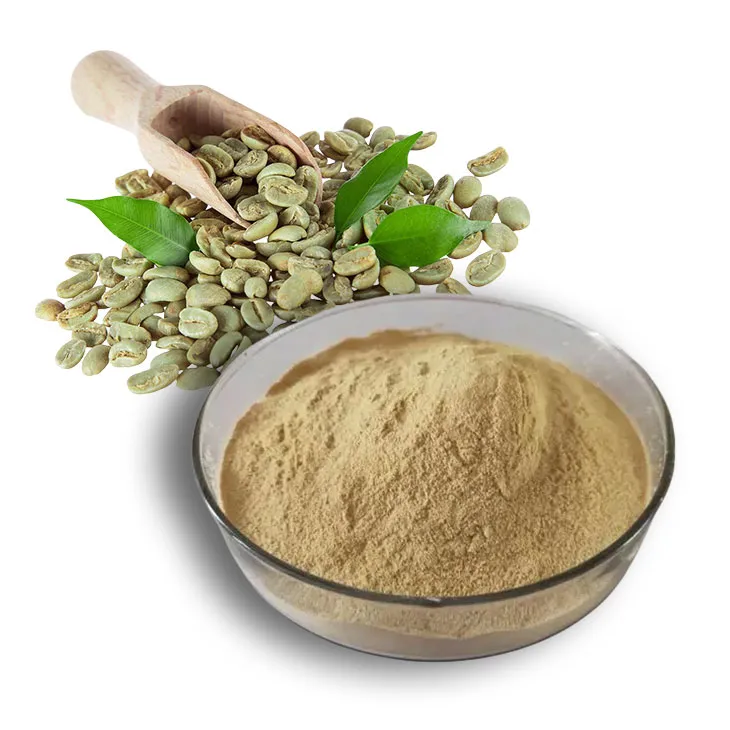- 0086-571-85302990
- sales@greenskybio.com
What is the Fastest Way to Relieve Arthritis Pain?
2025-05-28
Arthritis, a condition marked by inflammation and stiffness of the joints, is an ailment that affects millions of people worldwide, significantly impacting quality of life. Characterized by persistent pain and reduced mobility, managing arthritis requires a multi-faceted approach tailored to the individual needs and types of arthritis, such as osteoarthritis, rheumatoid arthritis, and others. This article explores effective strategies to swiftly relieve arthritis pain, spanning medical interventions, lifestyle modifications, and holistic approaches while ensuring a comprehensive understanding that can empower sufferers to manage their symptoms efficiently.
Understanding Arthritis Pain
To effectively alleviate arthritis pain, it is essential to understand its root causes. Arthritis pain can result from several factors, including joint inflammation, deterioration of cartilage, and increased mechanical stress on joints. Depending on the type of arthritis, pain may fluctuate throughout the day or present persistent discomfort. An individualized management plan that combines quick relief strategies with long-term management is crucial for improving overall well-being.
Medications for Quick Relief
Pharmacological interventions remain one of the most prevalent options for immediate pain relief when it comes to arthritis. Over-the-counter non-steroidal anti-inflammatory drugs (NSAIDs), such as ibuprofen and naproxen, are commonly recommended for their effectiveness in reducing inflammation and easing pain. These medications can offer rapid relief but should be used cautiously due to potential gastrointestinal and cardiovascular side effects with long-term use.
For more severe pain, physicians may prescribe corticosteroids or disease-modifying antirheumatic drugs (DMARDs). Corticosteroid injections directly into affected joints can provide quick and notable relief, reducing inflammation and pain in specific areas. However, these should be administered under medical supervision to monitor side effects and determine appropriate frequency.
Pain relief creams and gels, containing capsaicin or menthol, can be applied topically to provide fast, localized pain reduction. These treatments can be particularly effective for isolated joint pain, complementing systemic treatments for comprehensive management.
Physical Therapies and Exercise
Physical therapy and exercise are pivotal not only for long-term arthritis management but also for alleviating acute pain. Engaging in low-impact exercises like swimming, cycling, or walking increases mobility, reduces stiffness, and strengthens muscles surrounding joints, which can relieve pain swiftly. Physical therapists can tailor exercise programs to accommodate individual needs and limitations, ensuring safety and efficacy.
When in pain, gentle stretching and range-of-motion exercises can help prevent stiffness, improve flexibility, and reduce discomfort. These activities can be performed independently and integrated into daily routines, offering continuous benefits and immediate relief.
Heat and cold therapy are effective physical modalities that can provide immediate pain relief by relaxing muscles and reducing inflammation. Applying a heat pad or warm towel can soothe aching joints, while ice packs can alleviate swelling and numb pain. Alternating heat and cold therapy may offer enhanced benefits, depending on individual preferences.
Diet and Supplements
Nutritional strategies can complement other quick-relief methods, impacting overall inflammation and potentially reducing arthritis-related pain. A diet rich in anti-inflammatory foods, such as omega-3 fatty acids found in fish, nuts, and seeds, can help manage symptoms. Including antioxidant-rich fruits and vegetables can also support joint health and decrease discomfort.
Supplements like glucosamine and chondroitin sulfate are frequently used for joint health and may provide relief from arthritis pain. While individual responses vary, these supplements are a popular choice for their potential benefits in maintaining cartilage health.
Mind-Body Approaches
Mind-body interventions are increasingly recognized for their role in pain management, offering rapid relief through stress reduction and mental focus. Practices such as meditation, yoga, and tai chi can help reduce stress, improve mental well-being, and alleviate pain. These techniques offer both immediate and long-term benefits by encouraging relaxation and enhancing physical function.
Cognitive-behavioral therapy (CBT) is another valuable approach, helping arthritis sufferers reframe pain perception and develop coping strategies for managing discomfort effectively. CBT can be delivered in individual or group settings, fostering a supportive environment for addressing pain-related challenges.
Holistic and Alternative Therapies
Though not often considered mainstream, various holistic and alternative therapies can offer quick relief for arthritis pain. Acupuncture, an ancient practice involving the insertion of thin needles into specific points on the body, is reported by many patients to reduce pain and improve joint function efficiently.
Massage therapy can loosen tense muscles and increase circulation around affected joints, providing immediate comfort and reducing stiffness. Skilled therapists can customize treatments to target areas most in need of relief, complementing other therapeutic modalities.
Conclusion
Relieving arthritis pain rapidly involves a holistic approach that integrates medical, physical, nutritional, and psychological strategies. By understanding the multifaceted nature of arthritis pain and incorporating personalized treatments, sufferers can find rapid reprieve while laying the foundation for improved long-term management. Consulting healthcare professionals to guide treatment plans and explore various modalities ensures safe, effective relief, empowering individuals to regain control over their condition and enhance their quality of life despite the challenges posed by arthritis.
- ▶ Hesperidin
- ▶ citrus bioflavonoids
- ▶ plant extract
- ▶ lycopene
- ▶ Diosmin
- ▶ Grape seed extract
- ▶ Sea buckthorn Juice Powder
- ▶ Beetroot powder
- ▶ Hops Extract
- ▶ Artichoke Extract
- ▶ Reishi mushroom extract
- ▶ Astaxanthin
- ▶ Green Tea Extract
- ▶ Curcumin Extract
- ▶ Horse Chestnut Extract
- ▶ Other Problems
- ▶ Boswellia Serrata Extract
- ▶ Resveratrol Extract
- ▶ Marigold Extract
- ▶ Grape Leaf Extract
- ▶ blog3
- ▶ Aminolevulinic acid
- ▶ Cranberry Extract
- ▶ Red Yeast Rice
- ▶ Red Wine Extract
-
Curcuma Longa Extract
2025-05-28
-
Jujube Extract
2025-05-28
-
American Ginseng Root Extract
2025-05-28
-
Pueraria Lobata Extract
2025-05-28
-
Echinacea Extract
2025-05-28
-
Fenugreek Extract Powder
2025-05-28
-
Eucommia Ulmoides Extract
2025-05-28
-
Ginseng Root Extract
2025-05-28
-
Pomegranate Extract
2025-05-28
-
Green coffee bean Extract
2025-05-28











